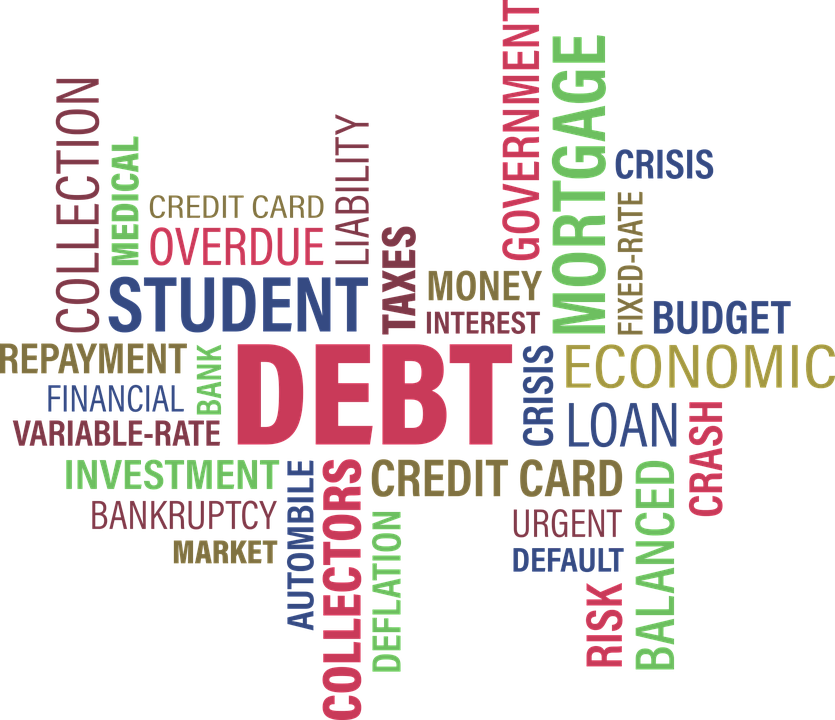Retail pharmacy is the launching pad for a great majority of pharmacy careers. According to statistics about 60% of pharmacists start their careers as pharmacists in the retail setting. The retail sector has some great benefits for those just starting out. One of the biggest benefits of the retail sector is the pay scale. Retail pharmacists are among the highest paid in the pharmacy profession. However, this compensation, if not addressed intentionally can have a dark side.
What possible downside can more money have?
I’m glad you asked! In the words of the Notorious B.I.G. sometimes “mo money, mo problems”.
Ok..that doesn’t exactly apply but it comes close to the sentiment.
The dangers of high income early on in your pharmacy career aren’t necessarily apparent until many pharmacists have decided later on to make a career transition. For many pharmacists, after leaving pharmacy school and receiving their first “grown-up” paycheck, there is a temptation to satisfy some of the pent-up longings that come with being on a financial fast for the previous 8 years of college study.
This pressure can be exacerbated by social media membership. Where we can look outside our social media “windows” and see friends with new cars, new homes, and fancy vacations. We may feel pressure to finally look the part of a successful doctoral graduate. Or, we may have legitimate responsibilities in the form of familial obligations, and probably, student loans. During school, I know I often imagined that a six-figure paycheck would take care of a great majority of my financial pain. However, upon graduation, and coming to terms with student loan debt, family obligations, and general “adulting” expectations I find a pharmacist salary doesn’t travel quite as far as one would expect.
How about a general example:
Average Salary for single pharmacist in 2014: $112,000
- Marginal Tax bracket: 28%
- Effective Tax rate for 2015 = 19.17%
- Tax: $21,473
After Federal Tax Salary: $90,527
Picking a state: Georgia
FICA – 7.65% = $8,568
State Tax – 6% = $6,392
———-
Total Amount of Income Taxes= $36,433
Income After Taxes = $75,567

According to American Association of Colleges of Pharmacy’s 2014 Graduating Student National Summary Report, the average student loan debt for Pharm.D graduates amounted to $144,718 in 2014.
Assuming a 6.8% interest rate and a 10-year repayment term, monthly loan payments of $1,665.42.
——-
Yearly Student Loan Amount: $19,985.04
Yearly Income after Student Loans: $55,581.96
This is before any living expenses! This is just the cost of working and the education that we’ve received it. So let’s see what a couple of reasonable living expenses do to your yearly income.
We all need somewhere to live, right?
Depending on your area, rent’s can range from ~650 – 1500 for a modest one bedroom. Lets assume that you find a nice place for about $1000/month. At 1k a month that puts your housing at around $12,000/year
—–
Yearly Income after Housing: $43,581.96
Now this is the situation that many of us may find ourselves in after graduation. Of course your situation financially at the end of pharmacy school may be better or worse, depending on your choice of school (public or private), family situation, and parent’s willingness/ability to subsidize education costs.
Many of us will have used cars, a stable job, and some type of living expenses. This is where many of us will start the process of shackling ourselves with golden handcuffs. How you ask?
Lifestyle Inflation! As pharmacists we will be tempted by the large numbers that are rolling into our bank accounts to make up for all the “lost” time we missed out on while we were in pharmacy school. One of our biggest temptations will be the temptation to replace the old clunker that helped us make it through pharmacy school and upgrade to a reasonable but good-looking mode of transportation.
Let’s assume you have good taste and you decide to buy a new Honda (I own a Honda accord). A base model 2017 Honda accord (middle of the road family car) costs: $22,355 This breaks down to about 406.47/month = $4878/year.
Yearly Income after Car: $38,703.96
Monthly Take Home Pay: $3225.33
So now we have a pretty rough idea of what our financial take home pay would look like (before deductions like health care, 401k’s, etc). In my next post we will take a look at how things like lifestyle inflation, vacations, and keeping up with the joneses can adversely affect our financial flexibility.
This lack of financial flexibility can severely limit our ability to make career decisions that may just be lateral moves but that long-term can pay dividends for quality of life, income, or both.
Resources:
- https://www.taxact.com/tools/tax-bracket-calculator.asp
- https://smartasset.com/taxes/georgia-tax-calculator#vixOfUtdTj – Georgia Income Tax Calculator


Simply had to tell you I’m thankful that i stumbled onto your web site.
I like this web site very much so much superb information.